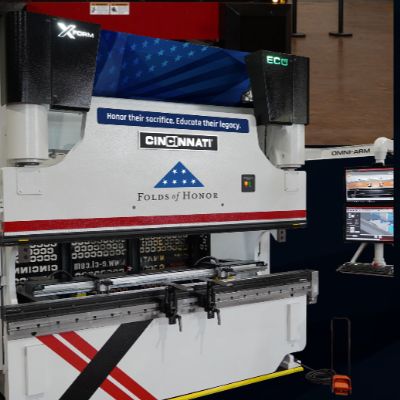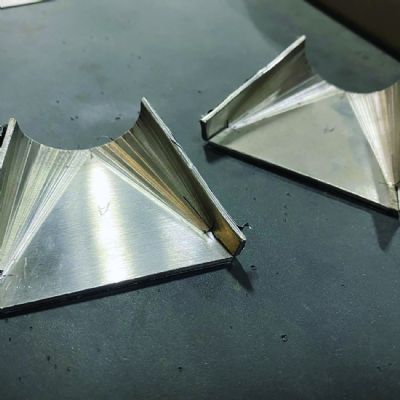Experience Has Taught Us the Best to Attract and Keep Great People
December 1, 2007Comments
Our typical consulting assignment is to put together a wealth-transfer plan for a successful business owner. Invariably, the client brings up two critical and related operational problems: “How do I keep my top executives?” (the headhunters, usually working for a competitor, are als circling); and “How do I attract new quality people?”
No, the problem is not new. It’s been a problem in the past and, more than likely, will get worse in the future as the bidding war for talented people escalates. What to do? Almost 20 years ago, after struggling with the problem for about a year, we decided to develop an organized plan to find the answers. We interviewed our few client/owners who did not have the two problems; we also interviewed their key management people. Then came the hard part: getting permission to interview the key people at clients that were suffering with the problem.
What quickly became clear was that almost all of the best key people had the soul of an entrepreneur. But for various reasons they did not want to strike out on their own or couldn’t—usually because they could not raise the required capital.
The answer turned out to be simple: “Mimic ownership.” Give these key people the same challenges as an owner and, if successful, most of the rewards. Additional interviews just kept reconfirming the original answers. The top non-owner executives wanted four core benefits of ownership: 1) A piece of the action (a share of company profits); 2) payment when they are sick or become disabled; 3) adequate retirement pay when it’s time to leave the company; 4) and a death benefit for their family. Over the years we have created hundreds of contracts (the technical name is a nonqualified deferred compensation agreement; the nontechnical name is a golden handcuff agreement) that attract and keep the kind of people you want in your organization.








